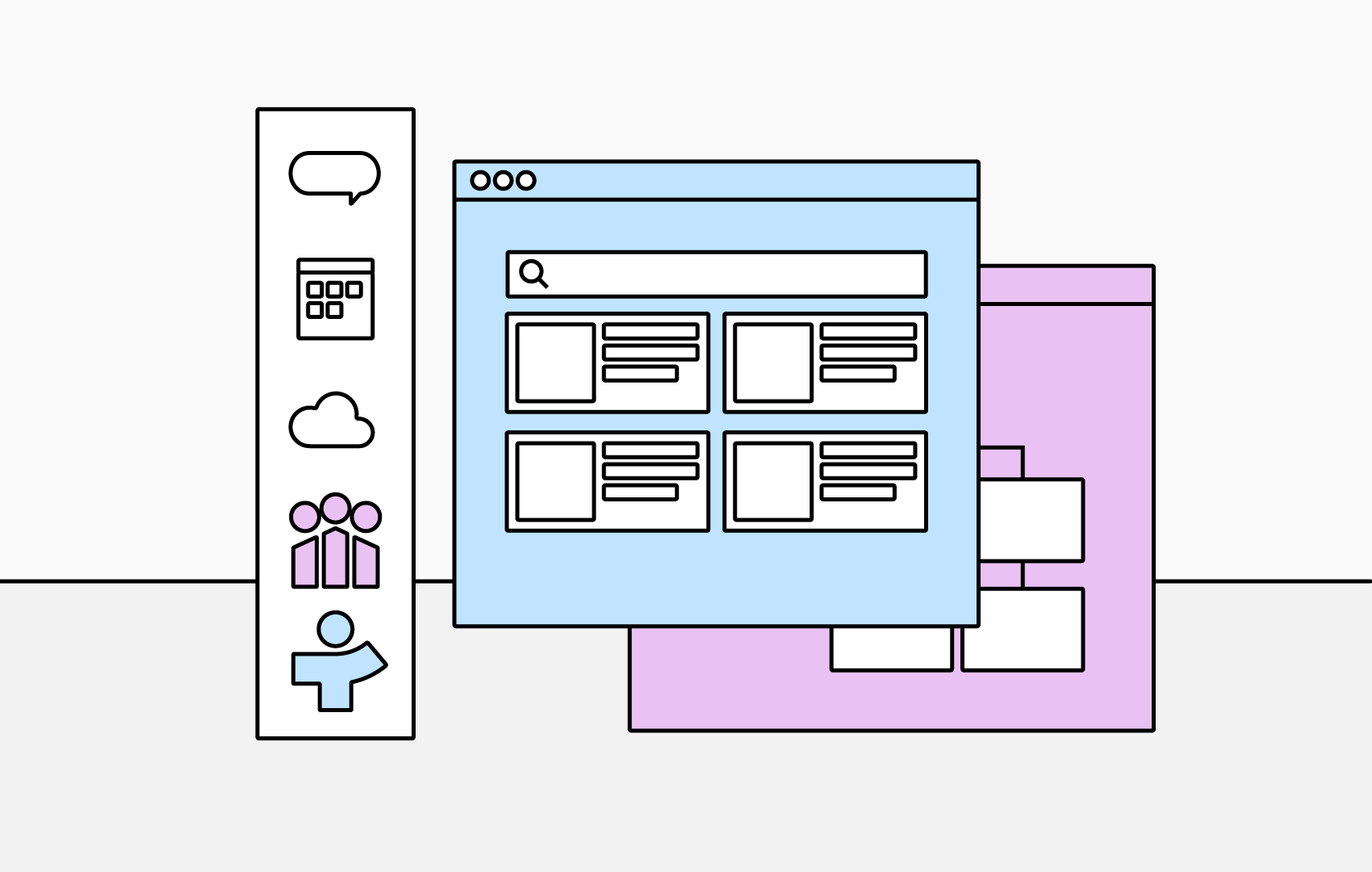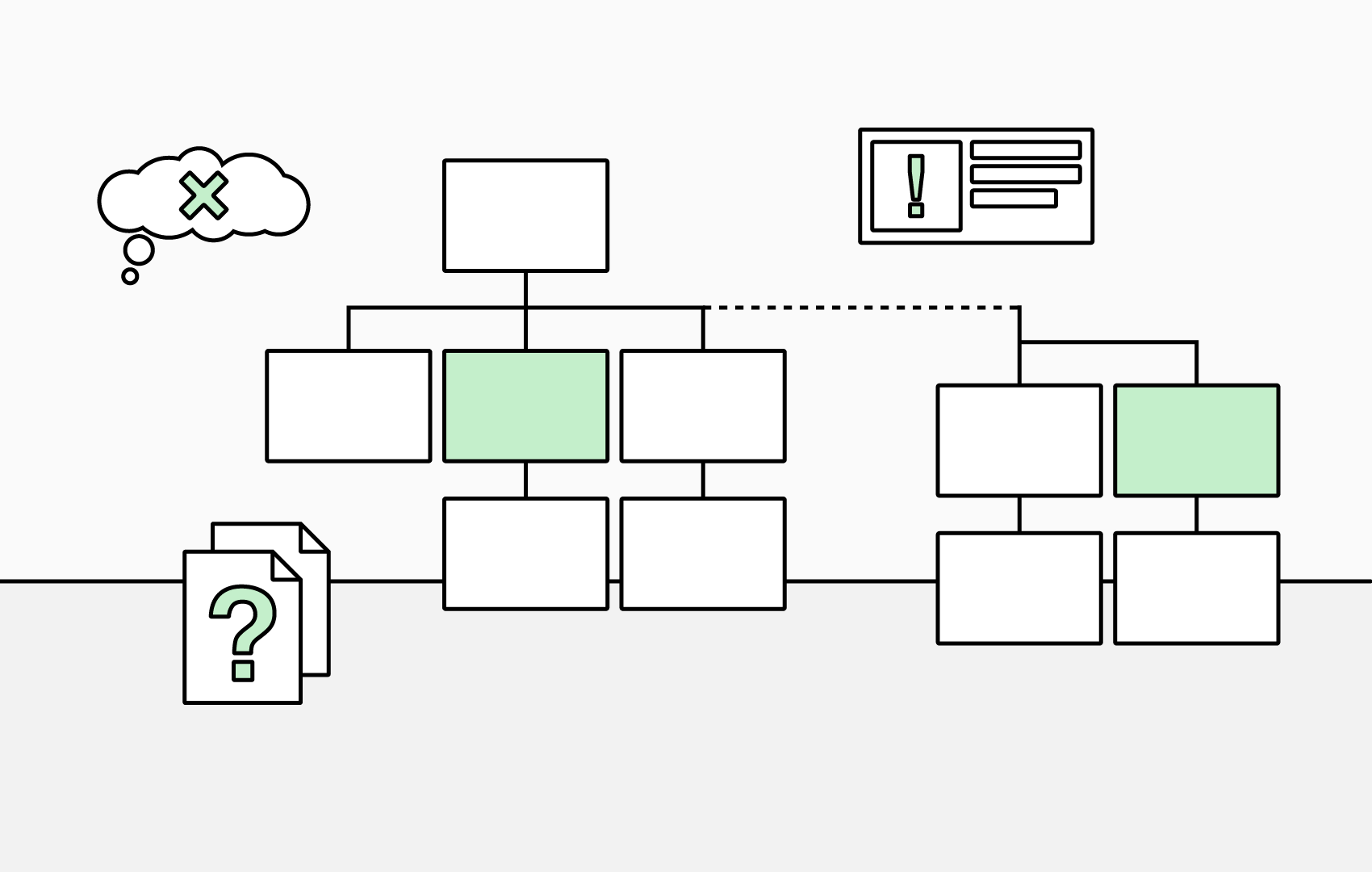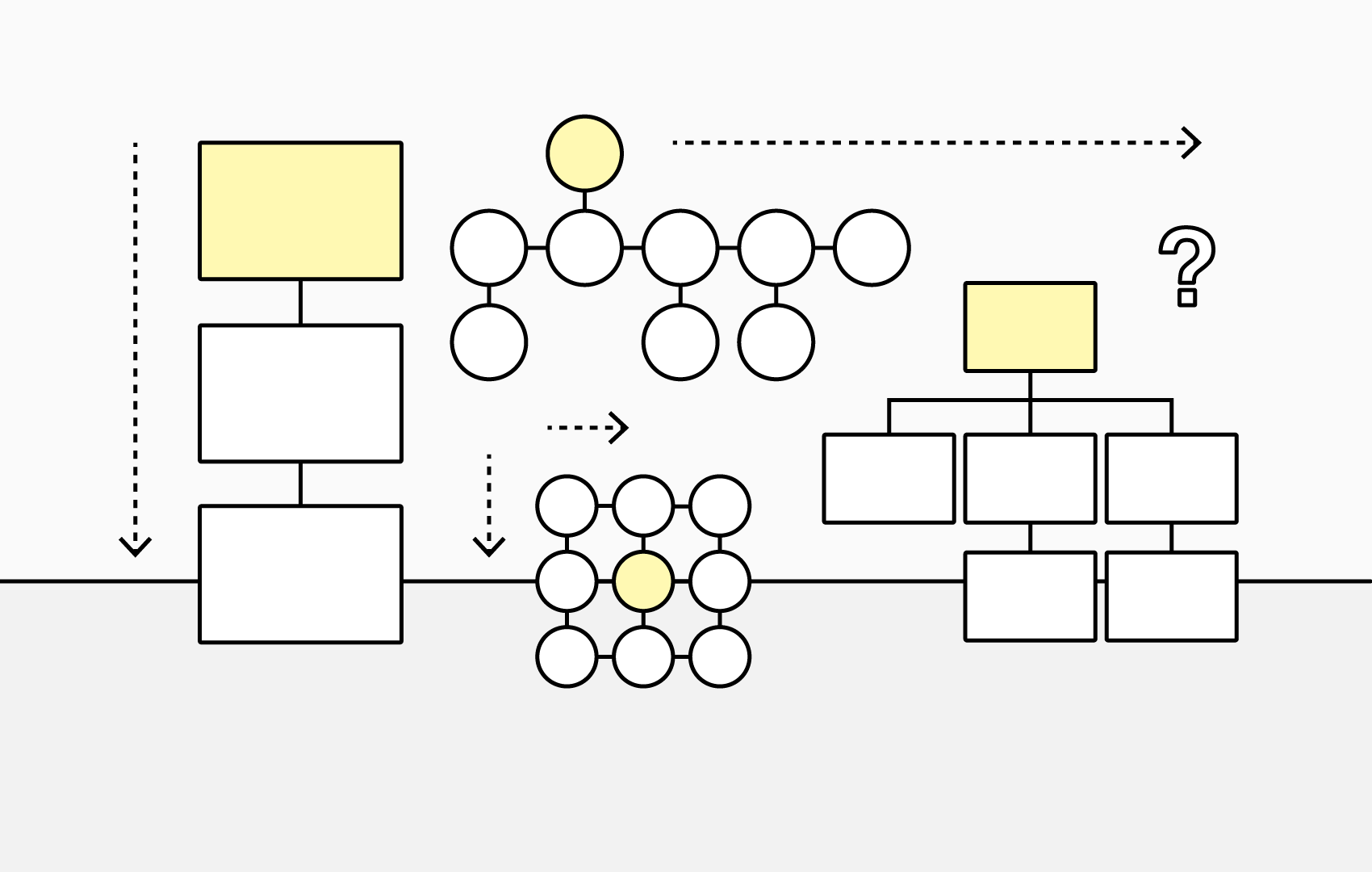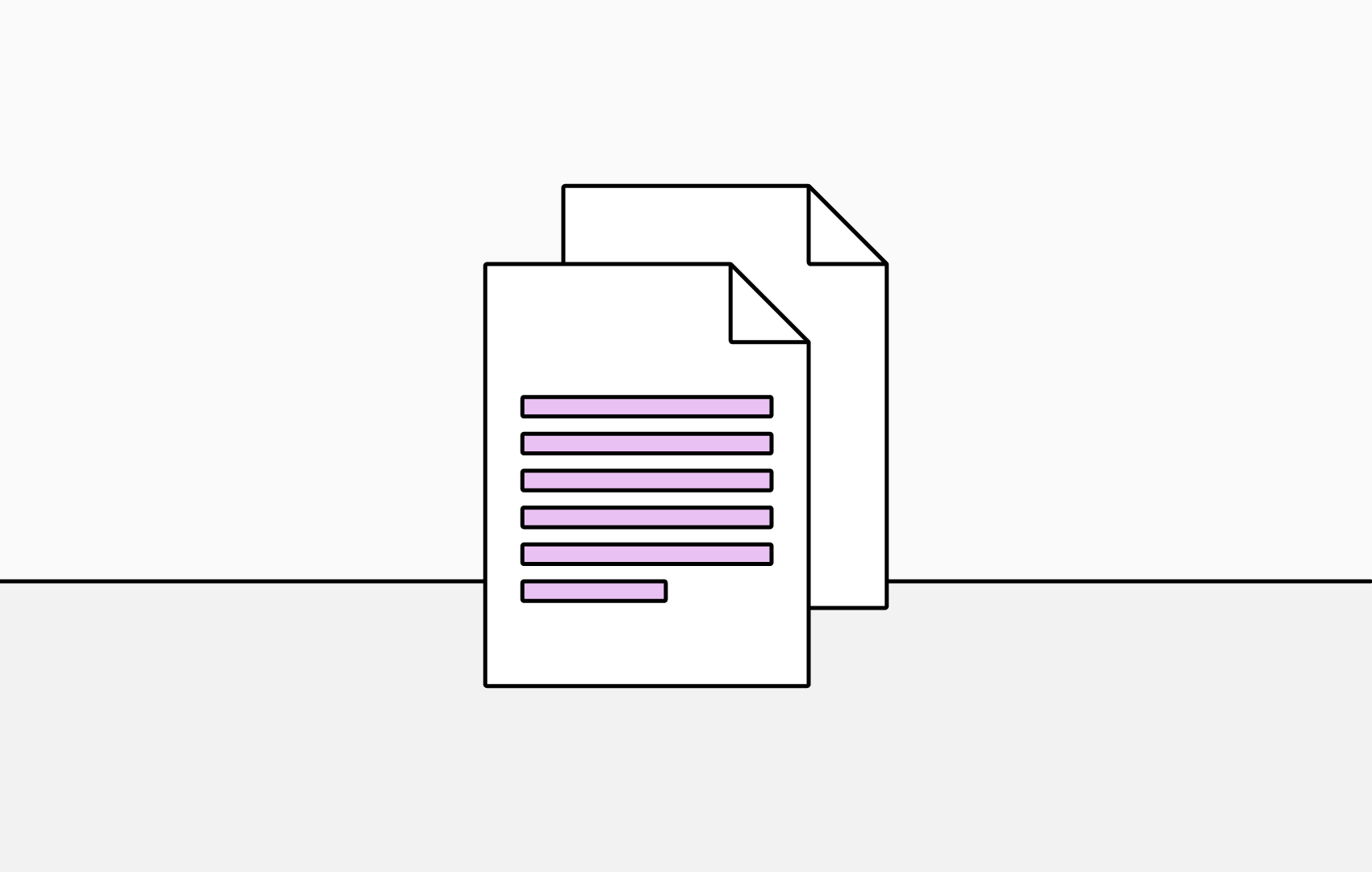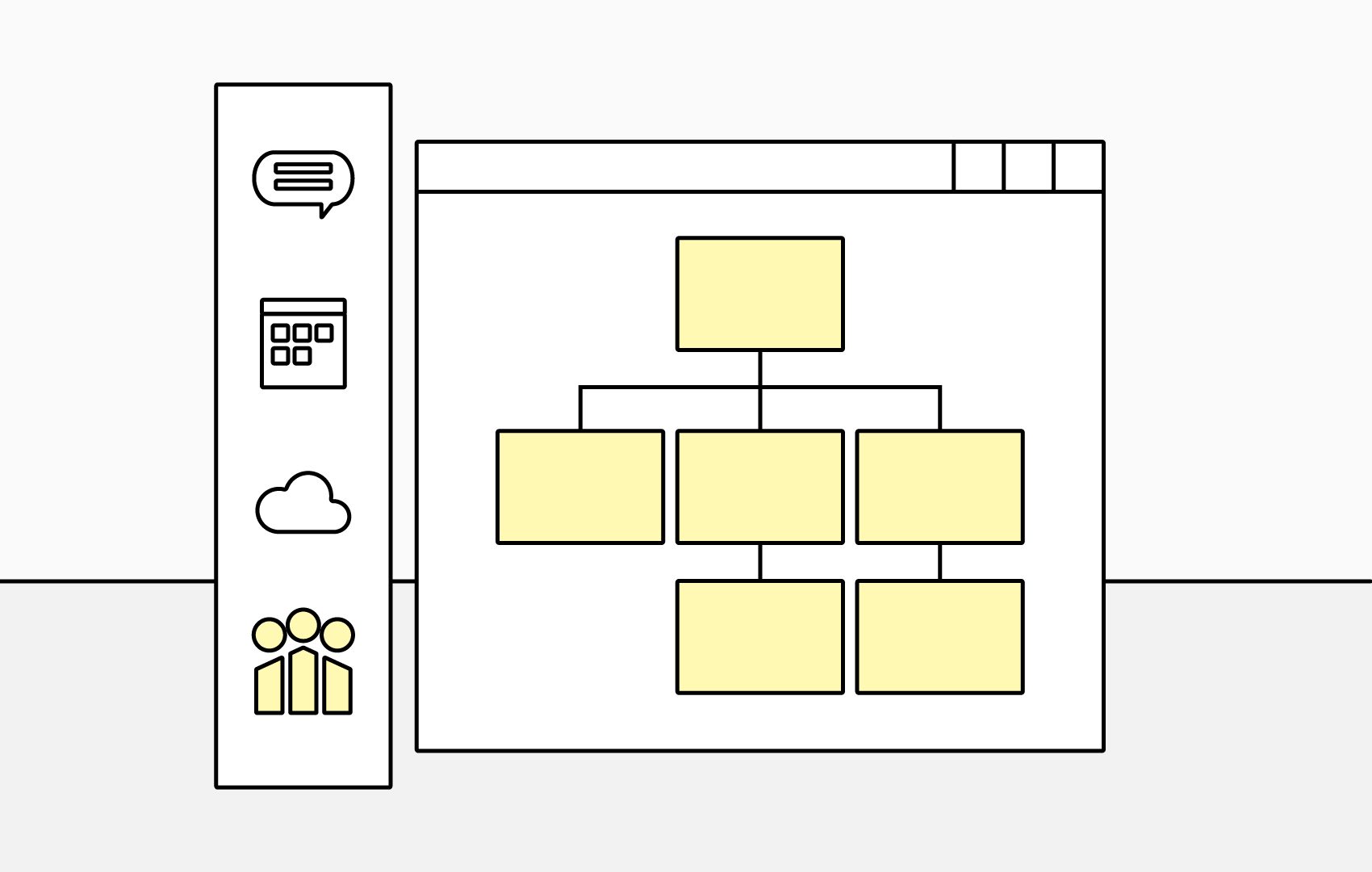How TeamOrgChart and TeamDirectory Work in Microsoft Teams
Microsoft Teams has become the hub for daily collaboration, but finding people and understanding how they fit into the organization can still be a challenge.
The built-in Microsoft Search tools are helpful, yet limited. TeamOrgChart and TeamDirectory extend Teams with richer, real-time visibility into your company’s structure, directly inside the platform you already use.
Integration and Authentication
Both apps install from Microsoft AppSource or your Microsoft Teams Admin Center and connect seamlessly with Microsoft Entra ID (formerly Azure Active Directory). Authentication happens automatically through your Microsoft 365 account, so no separate logins or connectors are needed.
Once deployed, you can:
- Add TeamOrgChart or TeamDirectory as tabs in Teams channels, so teams see their structure right alongside their chats.
- Pin them to the Teams sidebar for quick access organization-wide.
- Share direct links to profiles or chart nodes in Teams messages and chats.
- Start a chat or call from within TeamOrgChart or TeamDirectory.
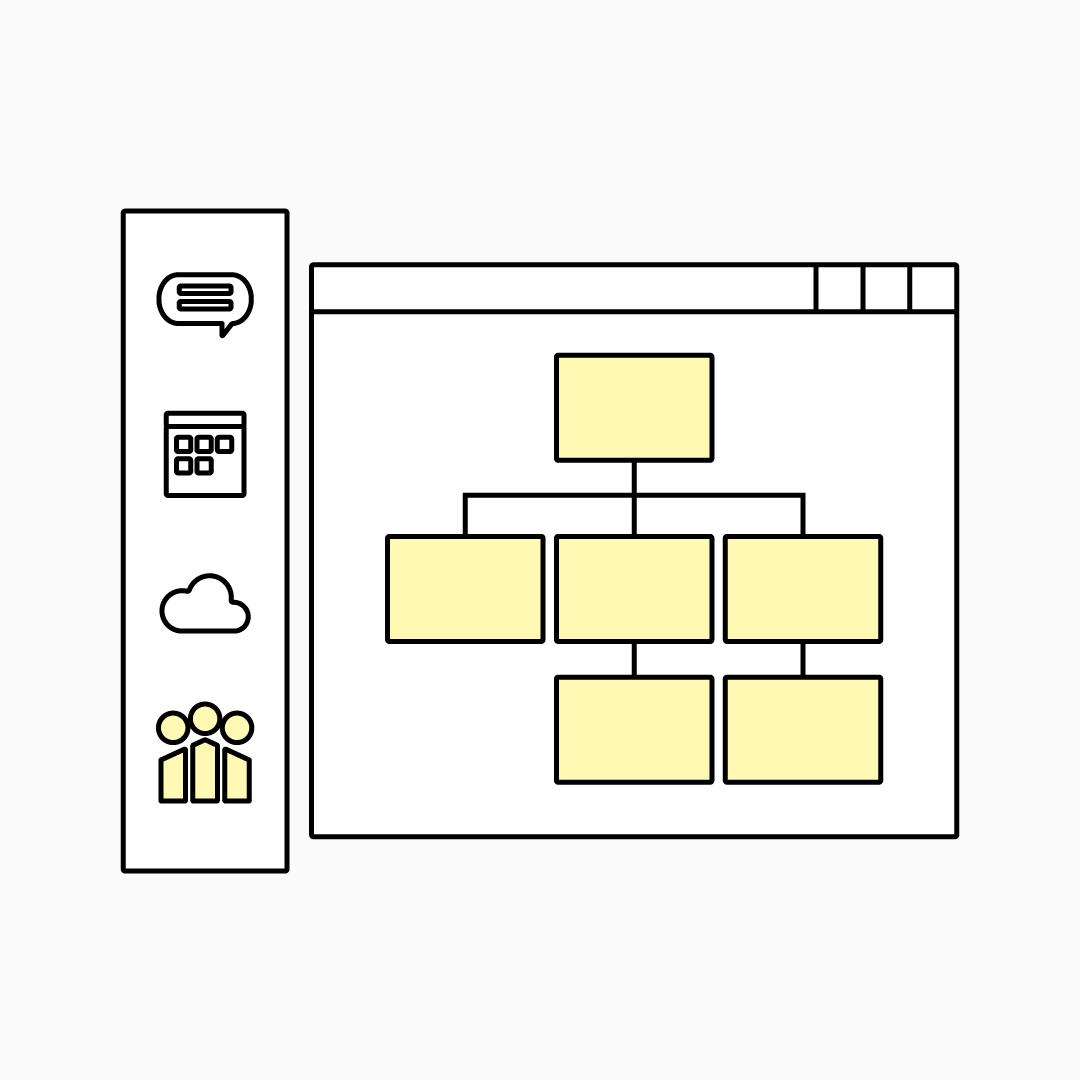
Adding Org Charts to Microsoft Teams
Automatic synchronization
Both tools stay synchronized with Microsoft Entra ID, automatically updating whenever employee data changes such as a new hire, a manager shift, or a role change. That means your org charts and directory in Teams are always up to date without manual edits.
This real-time synchronization ensures that when users browse a department chart or search for a colleague, they’re looking at accurate, live data from the same source that powers the rest of Microsoft 365.
Embedded in Your Workflow
By placing org charts and directories directly in Teams, employees can explore the org, find colleagues, or check reporting lines without leaving their workspace.
- HR can embed department charts in team channels.
- Managers can use TeamDirectory to locate peers or direct reports instantly.
- New hires can navigate the organization visually from day one.
This reduces context switching and makes organizational knowledge as easy to access as a chat message.
Enhanced Search
While Microsoft Search in Teams and Microsoft 365 offers a universal search across documents, messages, and people, it’s designed for broad discovery, not deep organizational insights.
| Feature | Microsoft Search | TeamDirectory Search |
|---|---|---|
| Scope | Searches across emails, files, messages, and users | Focused on people and organizational data |
| Data Source | Entra ID and content index | Entra ID, enriched with custom fields and attributes |
| Filters | Limited (usually name, department) | Customizable filters (any attribute) |
| Results View | Simple list of names and titles | Rich profiles with, presence, contact info, and org context |
| Customization | None | Fully configurable filters, layouts, and categories |
In short, Microsoft Search helps you find content, while TeamDirectory helps you find people, and understand where they fit in the organization.
Final Thoughts
In today’s hybrid workplace, visibility is everything.
Embedding TeamOrgChart and TeamDirectory into Microsoft Teams transforms how employees discover, connect, and collaborate. Instead of siloed data or static PDFs, your organization gets a living, breathing view of its people — always current, always accessible, and fully aligned with Microsoft 365.
By integrating organizational insight directly into Teams, these tools make it easier for everyone to find expertise, understand structure, and strengthen connections across the business.
